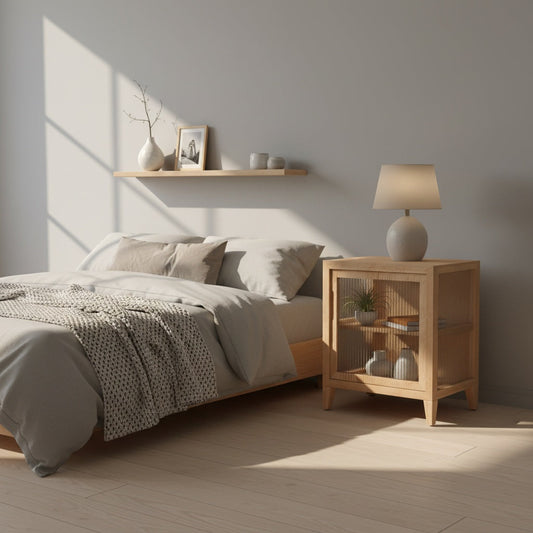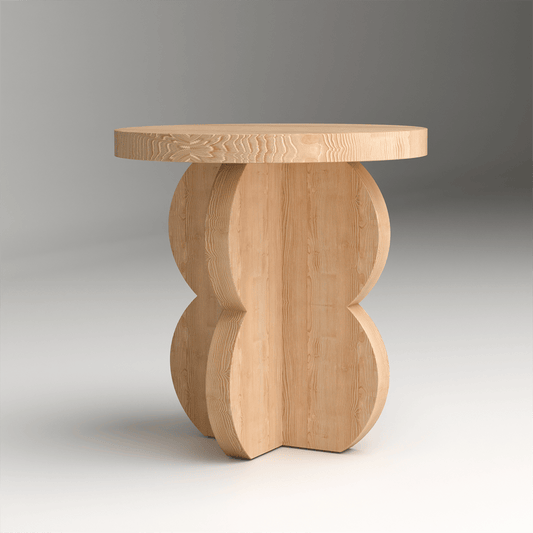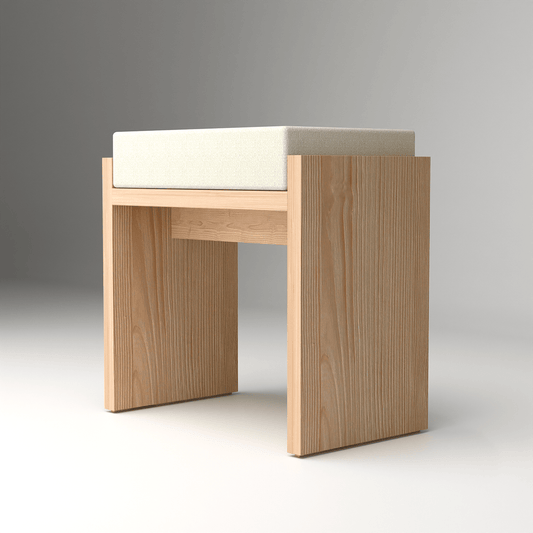Minimalism is often misunderstood as stark, empty, and cold. But when reimagined with an Indian soul, it transforms into something warm, rooted, and timeless. A new wave of Indian homeowners—especially in metro cities like Delhi, Mumbai, and Bengaluru—are now embracing a unique fusion: Scandinavian-inspired minimalism softened with traditional Indian accents.
This approach blends neutral tones, clean lines, and airy spaces with subtle touches of craft, culture, and heritage. The result? A home that feels calm and contemporary—yet proudly Indian.
Why Minimalism Works in Indian Homes
With busy city lives and increasingly compact spaces, minimalism brings clarity, order, and peace. It cuts out visual noise, making your home a sanctuary. But that doesn’t mean letting go of cultural richness. Instead, you weave it in—with intention.
When done right, minimalism with an Indian touch becomes the perfect balance: space to breathe, and stories to hold.
How to Style Neutral Interiors with Indian Accents
1. Use Earthy, Natural Colour Palettes
Begin with off-whites, beiges, and warm greys for your walls and base furniture. These tones make rooms feel bigger and brighter. Then layer in warmth with ochre, terracotta, indigo, or soft rust through accents.
2. Let Craft Be Your Colour
Bring in colour and texture not through clutter, but through ethnic elements—like a handwoven kilim rug, a block-printed throw, or a Madhubani-framed artwork.
3. Choose Simple Furniture in Natural Materials
Go for reclaimed wood, rattan, or cane in sleek silhouettes. Avoid bulky designs. Opt for multipurpose pieces like benches, nesting tables, or low seating with clean lines.
4. Add Accents with a Cultural Story
Think one brass urli on a console, a terracotta diya on the windowsill, or a handcrafted mirror frame. Don’t overdo it—each piece should have space to breathe.
5. Layer with Texture, Not Pattern
Use jute, khadi, linen, and cotton to add softness and variation. A raw silk cushion in a muted shade or a chikankari curtain brings tradition without overwhelming the space.
6. Embrace Open Layouts and Natural Light
Minimalism loves space. Keep furniture low and functional, allow sunlight to flow freely, and use soft, sheer curtains to maintain privacy without blocking light.
7. Curate, Don’t Crowd
Be intentional with what you display. A single heirloom brass lamp or a vintage hand-carved bowl can speak louder than a crowded showcase.
Why This Fusion Is the Future
It reflects a deeper cultural shift—from consumption to consciousness. Young Indian homeowners no longer want just aesthetics; they want meaning, sustainability, and identity. Minimalism provides the calm, and Indian accents provide the soul.
By embracing both, you create a space that is not just beautiful—but deeply personal, timeless, and rooted.
















